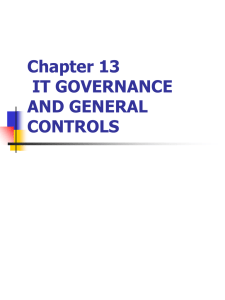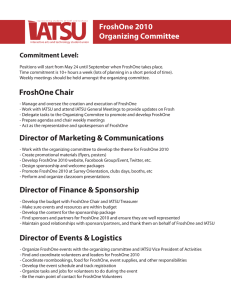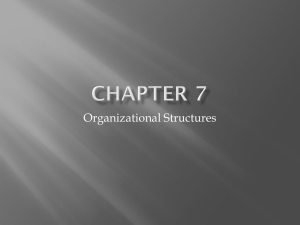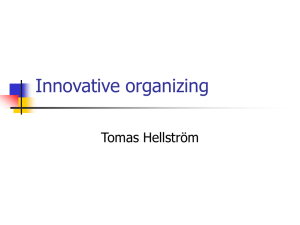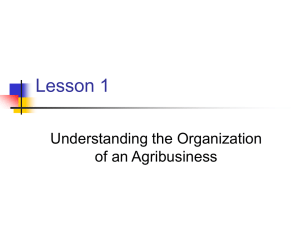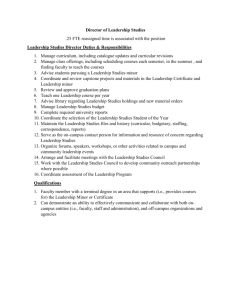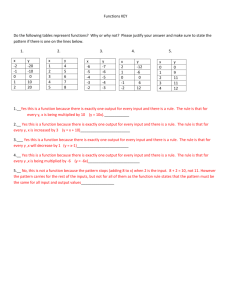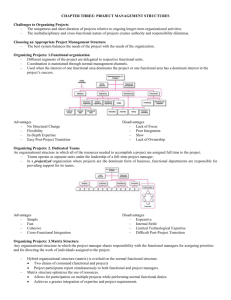Chapter 15
advertisement
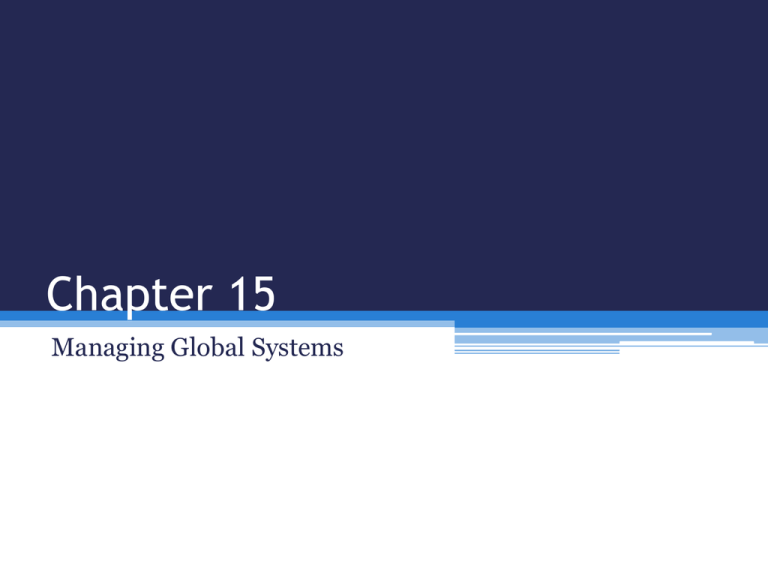
Chapter 15 Managing Global Systems Dimensions of International Systems Architecture Major Factors Driving Internationalization of Business Business Challenges Organizing International Information Systems Types of Global Strategies • Domestic Exporter (operations in country; export to foreign) • Multinational (part domestic; part foreign) • Franchiser (some in domestic homeland; some extended production outside) • Transnational (one globe, one company) Organizing International Information Systems Types of System Configuration • Centralized (home based) • Duplicated (developed at home base; operations foreign) • Decentralized (each business unit has its own system) • Networked (all participate in development and operations) Organizing International Information Systems Types of Organizational Structure • Centralized • Decentralized • Coordinated Global Systems Strategy • Define the core business processes • Identify the core systems to coordinate centrally • Choose an approach (either incremental, grand design, or evolutionary) • Make the benefits clear ▫ Don’t build for the sake of building Implementation of Global Business Systems • Agree on common user requirements • Introduce changes in business procedures • Coordinate applications development • Coordinate software releases • Encourage local users to support global systems Technology Issues and Opportunities for Global Value Chains • Standardization of a global computing platform • Finding user-friendly and beneficial software applications • Connectivity

